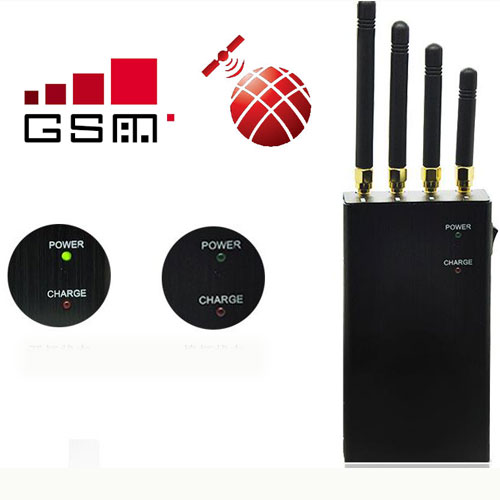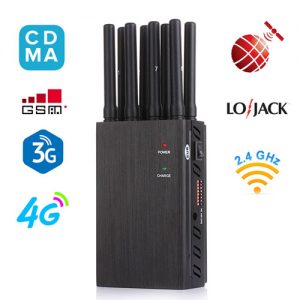As mobile communication transitions from the second generation to the third generation, new technologies are constantly being applied, and new mobile networks are constantly being built, making radio frequency resources increasingly tense, and various potential sources of interference are constantly emerging at an alarming rate. The existence of these interferences has a great impact on the operation of mobile networks. As the core problem of network optimization, solving the interference problem becomes more and more important.
Mobile base station interference we use a network performance index to measure, namely IOI (IOI Interference on idle, by monitoring the interference of idle channels to ensure ideal network performance), a single time slot IOI> 5 or a single transceiver (RTF) IOI >40, indicating that there is interference in the cell.The high IOI situation can be divided into two categories: one is the high IOI of a single transceiver (RTF); the other is the high IOI of the entire cell.

1. If the problem only occurs on a single transceiver, the customer can judge whether it is a hardware problem or a data problem by switching the RTF. If after switching, the IOI will follow the carrier frequency to replace the carrier frequency, duplexer and other hardware , If the IOI follows the RTF after the switch, you can modify the frequency and redo the RTF data to solve the problem. 2. If the problem occurs in all or multiple transceivers in the cell, this type of situation is more complicated and requires specific analysis of specific issues. Causes and treatment methods of high IOI in the entire community:
1. The components on the receiving path are malfunctioning or are not installed or used correctly: SUFR board, backplane, connecting cable, etc., replace the board and cable. It is also worth noting that the second-generation SURF2 board has no filter at the 0a/1a/2a end, only on the B side. You cannot directly connect the antenna to these ports, but can only be connected to the B side, otherwise it will Causes high IOI. 2. Abnormal PB or BER will cause high IOI. Follow the process of processing PB and BER to perform commissioning, power balance and check antenna feeder standing wave ratio for the base station.
3. Abnormalities in equipment such as repeaters, towers, indoor distribution, etc. connected to the community will cause high IOI, debug the external equipment, and replace the equipment if necessary.
4. The antenna problem leads to a high IOI in the cell. Check whether it is an antenna problem by reversing the cell antenna, and replace the antenna.
5. Interference from the external environment? Some communication equipment may transmit at the same frequency as our GSM receiver, such as a conference signal jammer. The best way to troubleshoot interference is to scan the frequency with a spectrum analyzer to find the source of the interference.
Some communication devices transmit at other frequencies, but the performance of the band-pass filter is poor, resulting in
The power leaks into the bandwidth of our receiver. For example: CDMA signal interference. This type of interference can install a band-pass filter on the cell.
The cell is not well planned or uses the same frequency after some changes.
The cell with high IOI is too close. In addition, the frequency collision between the frequency hopping and the frequency points of the surrounding base stations will also cause interference and generate high IOI. It is necessary to temporarily turn off the frequency hopping and then observe whether the IOI indicator is related to it. Such interference can be resolved by modifying the frequency point.
In short: The cell interference problem is one of the most common problems of base stations now, which directly affects the quality of network communication. Such problems are more complicated and troublesome to deal with. The processing personnel need patience and time. Follow the steps step by step to find out. Only when the problem lies can the problem be solved.




